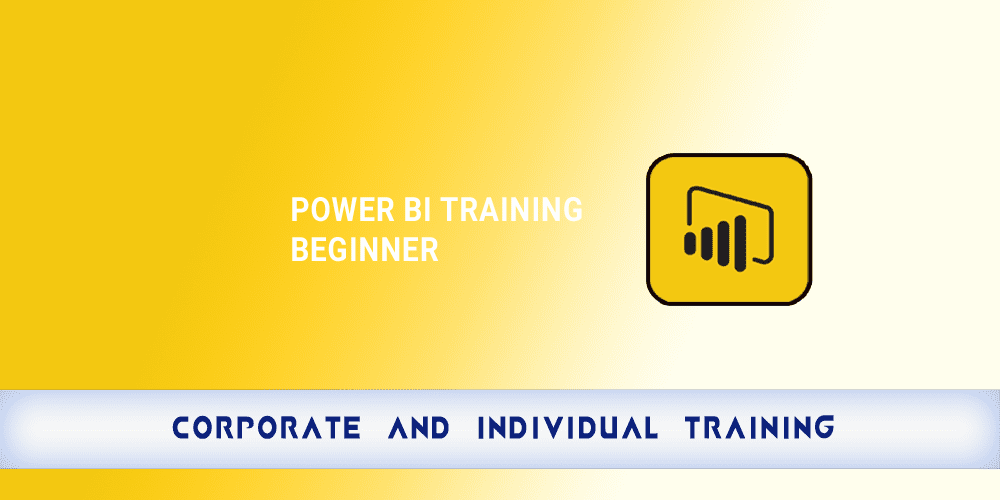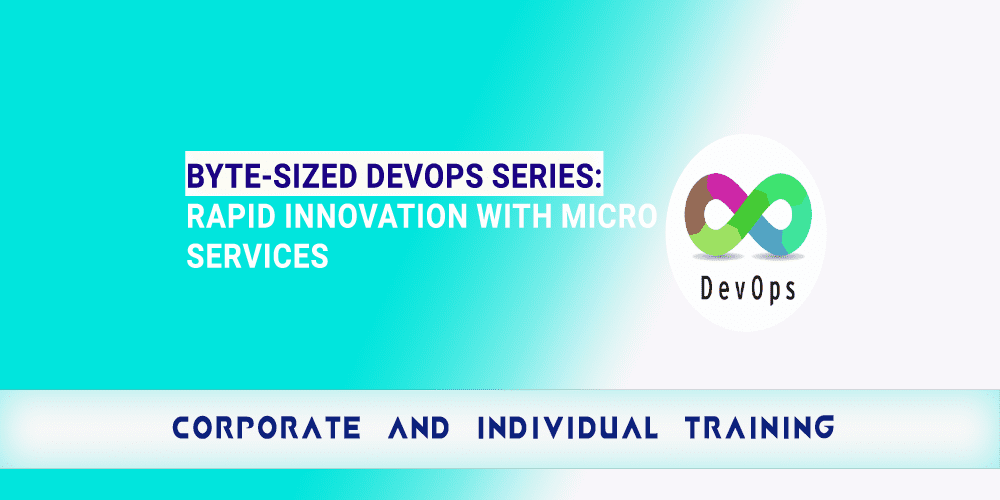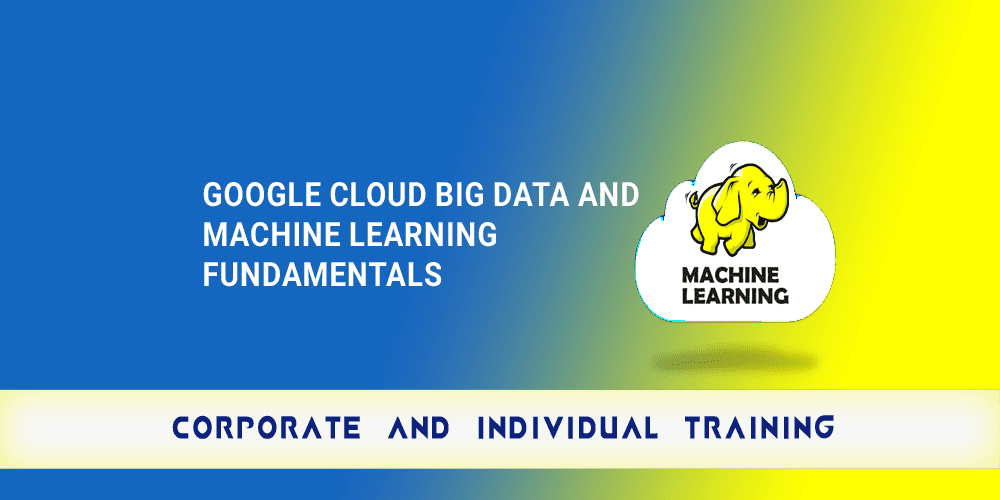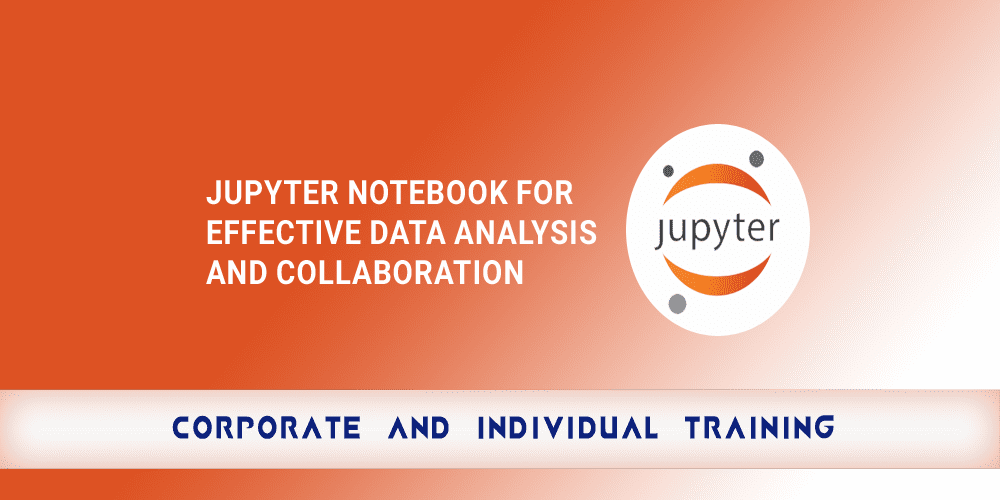- Overview
- Prerequisites
- Audience
- Curriculum
Description:
TensorFlow has become the standard for building machine learning and AI models. In this course you will learn how TensorFlow makes it easy for beginners and experts to create machine learning models. We will begin with understanding TensorFlow’s intui-tive Sequential API which enables you to piece your model together with simple building blocks. TensorFlow 2.0 uses the Keras API standard for defining and training neural networks which enables fast prototyping and is very user friendly. We will then advance into using Keras’ Functional API which enables a little more customizability and control over the design of your model. We will learn about convolutional and recurrent neural networks and use TensorFlow to build them and TensorBoard to visualize their performance. We will also explore how TensorFlow enables the serving and deploying of models.(NO CHANGE)
Course Code/Duration:
BDT260 / 3-Days
Learning Objectives:
- After this course, you will be able to:
- Use Google Colab
- Understand the fundamental concepts of machine learning
- Understand Neural Networks
- Understand the differences between machine learning and deep learning
- Understand TensorFlow and Keras
- Understand how to use the Keras’ Sequential API
- Understand Convolutional Neural Networks (CNNs)
- Build a CNN in TensorFlow
- Understand Recurrent Neural Networks (CNNs)
- Build an RNN in TensorFlow
- Visualize models using TensorBoard
- Understand how to use Keras’ Functional API
- Understand how to serve a TensorFlow model
- Basic Python Programming experience
- Candidates with Computer Science or Electrical Engineering degree or equivalent experience and pursuing a career in Robotics.
Course Outline:
- Course Introduction
- Overview of Machine Learning
Milestone 1: Intro to Google Colab
- Introduction to neural networks
- Introducing Perceptrons
- Step Function
- Updating the weights
- Hidden Layers
- Activation functions
- Loss functions
- Gradient descent
- Back propagation
- Vanishing gradient problem and ReLU
- Understanding the intuition behind neural networks
- Introduction to TensorFlow and Keras
Milestone 2: Using TensorFlow to implement a neural network
- Sequential API
- Keras layers
- Loss functions
- Optimizers
- Compile model
- Model summary
- Fit model
- From Deep Neural Networks to Deep Learning
- Understanding unstructured data
- The architecture of deep learning
- Shared weights
- Introduction to Convolutional Neural Networks (CNN)
- Convolutional layers
- Pooling layers
- Fully connected layers
Milestone 3: Building a CNN in TensorFlow
- Image recognition
- Hyperparameter tuning
- Image augmentation
- Visualize Models using TensorBoard
- Keras functional API
- Inputs
- Layers
- Model
- Image Segmentation
- Introduction to Recurrent Neural Networks (RNN)
- Recurrence
- Tanh activation function
- LSTM
Milestone 4: Building an RNN in TensorFlow
- Preprocessing text
- Word Embeddings
- Natural Language Processing
- Sentiment analysis
Milestone 5: Deploying a TensorFlow Model
- TensorFlow serving
- Flask and TensorFlow
- Conclusion: Next Steps
Structured Activity/Exercises/Case Studies:
- Milestone 1: Google Colab
- Milestone 2: Using TensorFlow to implement a neural network
- Milestone 3: Building a CNN in TensorFlow
- Milestone 4: Building an RNN in TensorFlow
- Milestone 5: Deploying a TensorFlow Model






